Homepage > ePowerSCADA
ePowerSCADA
A real time solution for control & supervision
Reliable system, displaying data collected from various equipment in an HMI to help operators manage their plant.
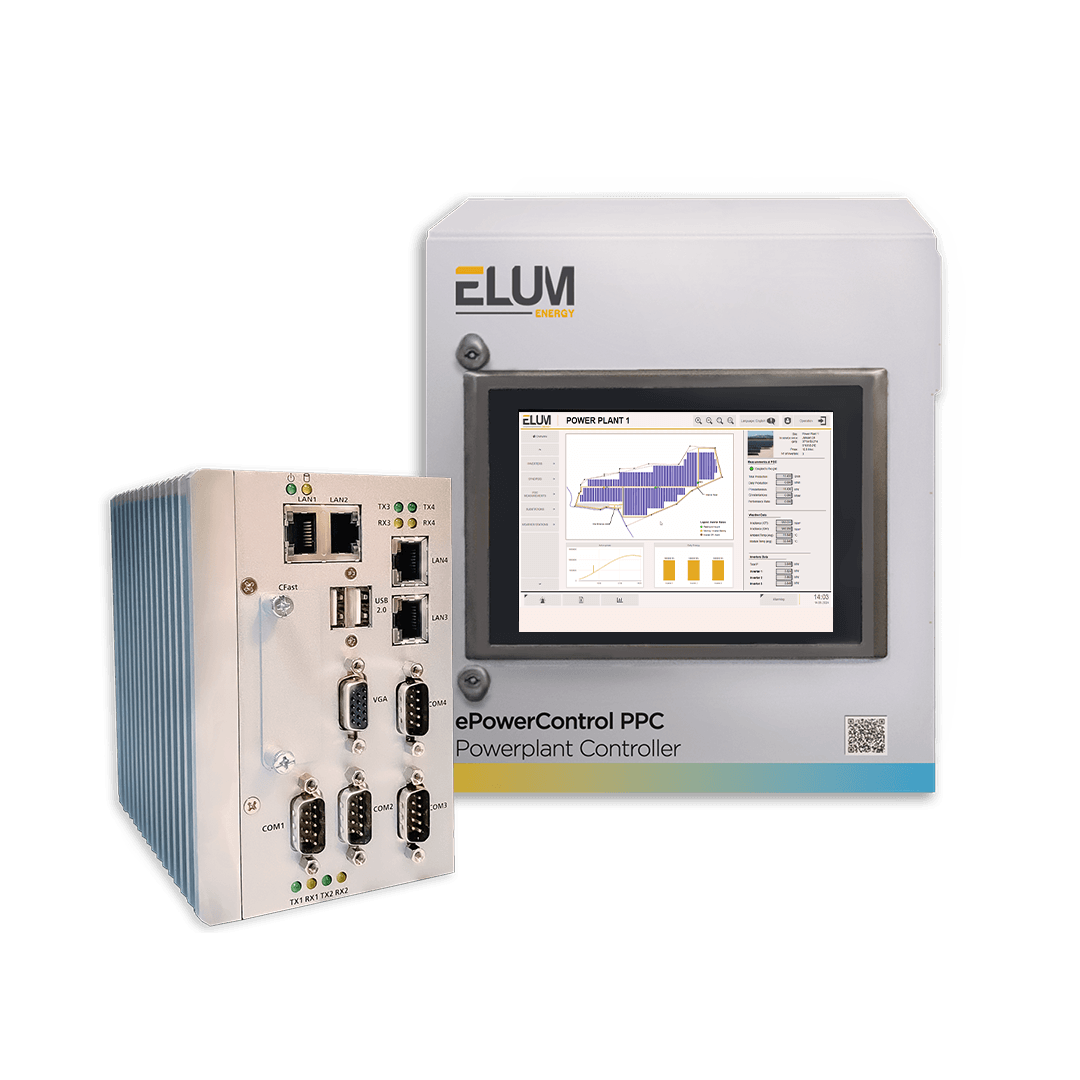
Why Choose ePowerSCADA?
Enhance your energy management
Our software displays the data collected from various equipments (inverters, bess, transformers, weather stations, etc.) on an HMI, creating a reliable system used to monitor and control power plants.
Fortified offline monitoring
Stay on top of your power plant’s performance with real-time offline and remote monitoring. ePowerSCADA offers instantaneous insights into crucial data acquired via a ePowerControl PPC, allowing you to quickly detect anomalies and reduce down time.
Effortless Control
Our user-friendly HMI simplifies complex control tasks. Operators can easily adjust settings, manage energy distribution, and respond to changing conditions with a few clicks.
END TO END ENGINEERING SUPPORT
Elum’s expert engineering support covers design, integration, commissioning, and ongoing operation for seamless implementation and long-term reliability.
Operations with a PPC + SCADA Combination
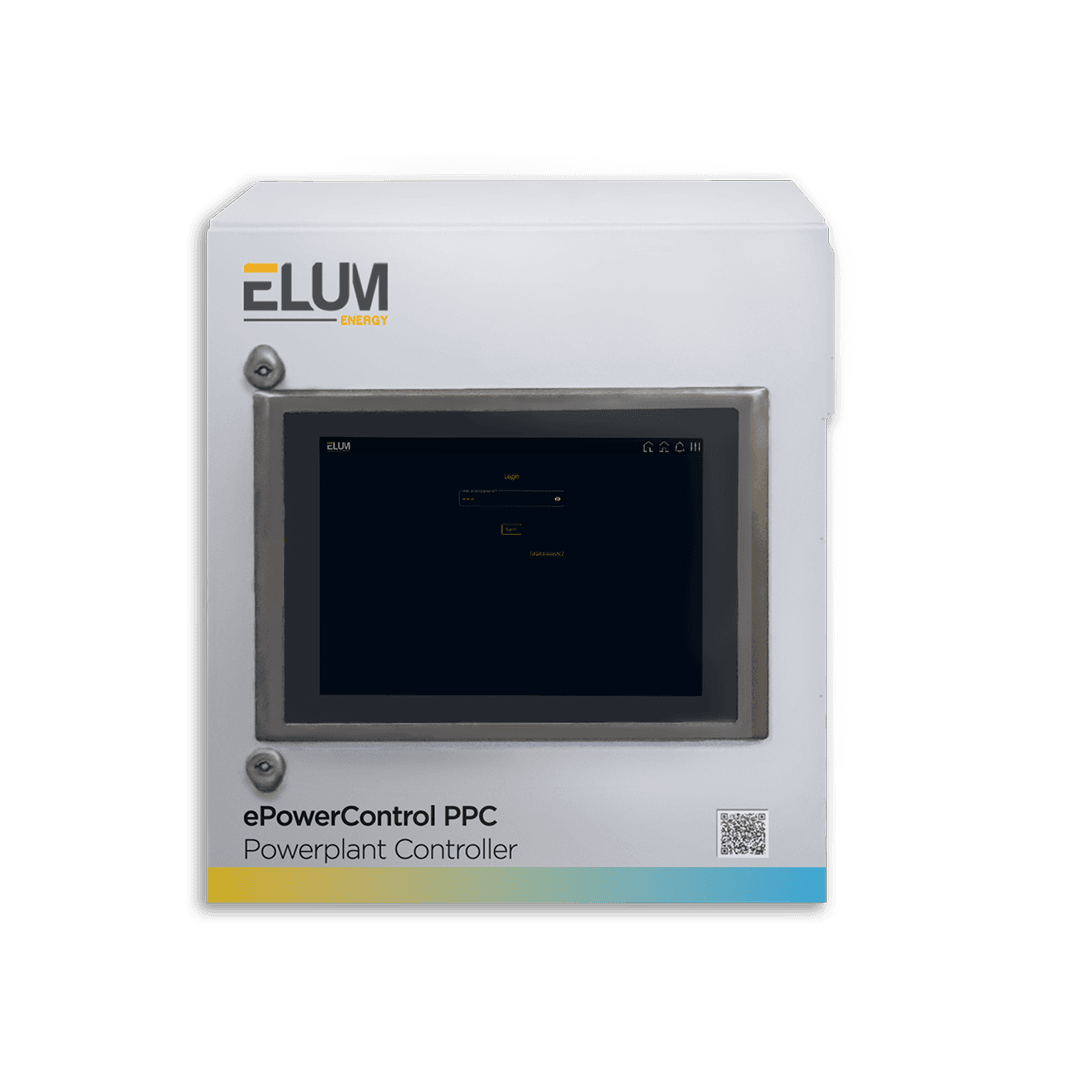
ePowerControl PPC
- Tailored control strategy
- Ensured grid compliance
- Connection aggregator to access spot market
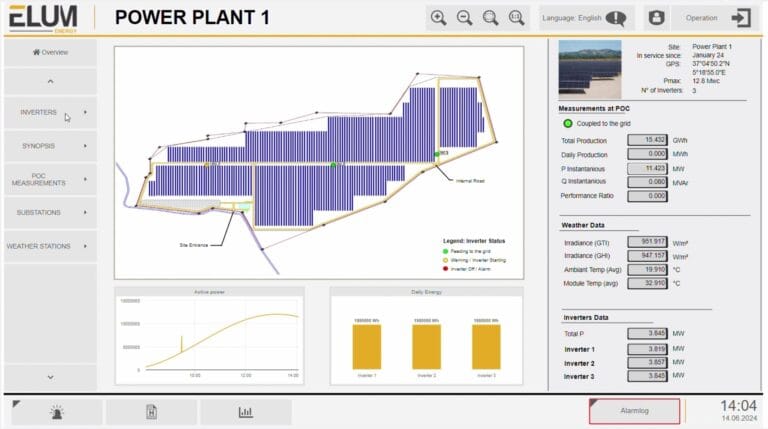
- Settings adjustments
- Offline alarms
- Real time monitoring
Features Designed for Quick Anomaly
Detection and Reduced Downtime
Connect every crucial element of your power plant. Our platform bridges the different components, allowing for seamless solar controller configuration, communication and data exchange.
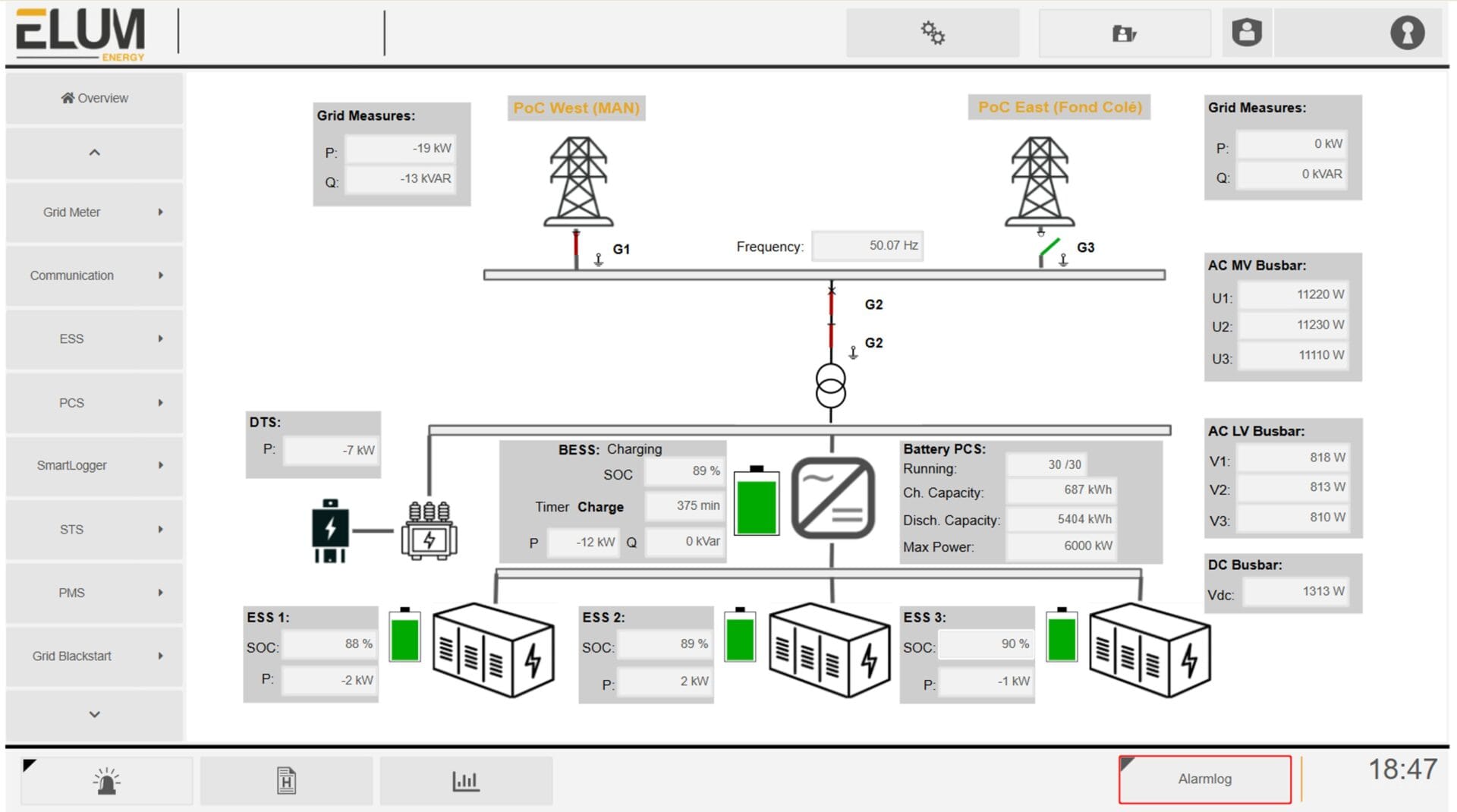

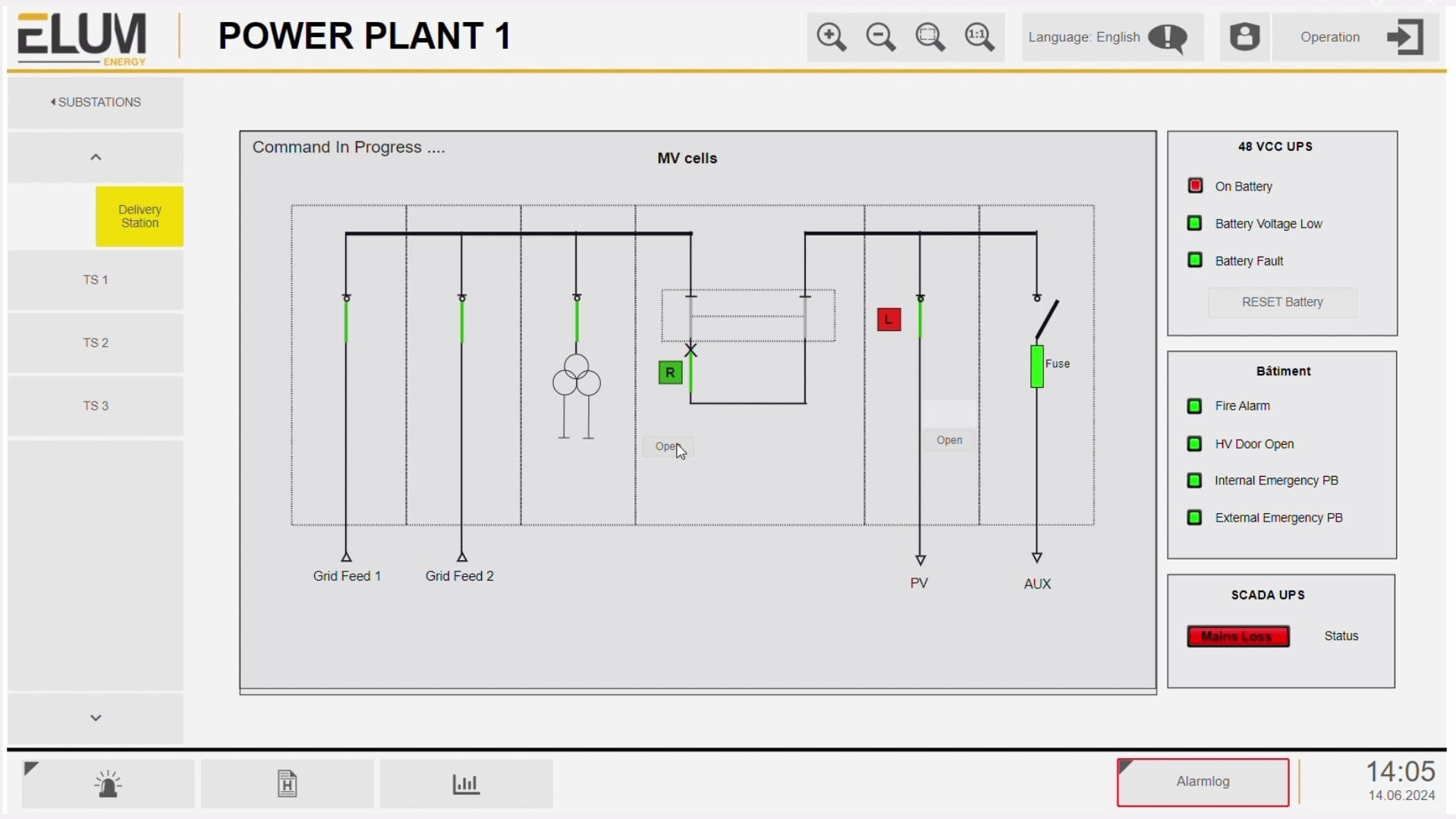
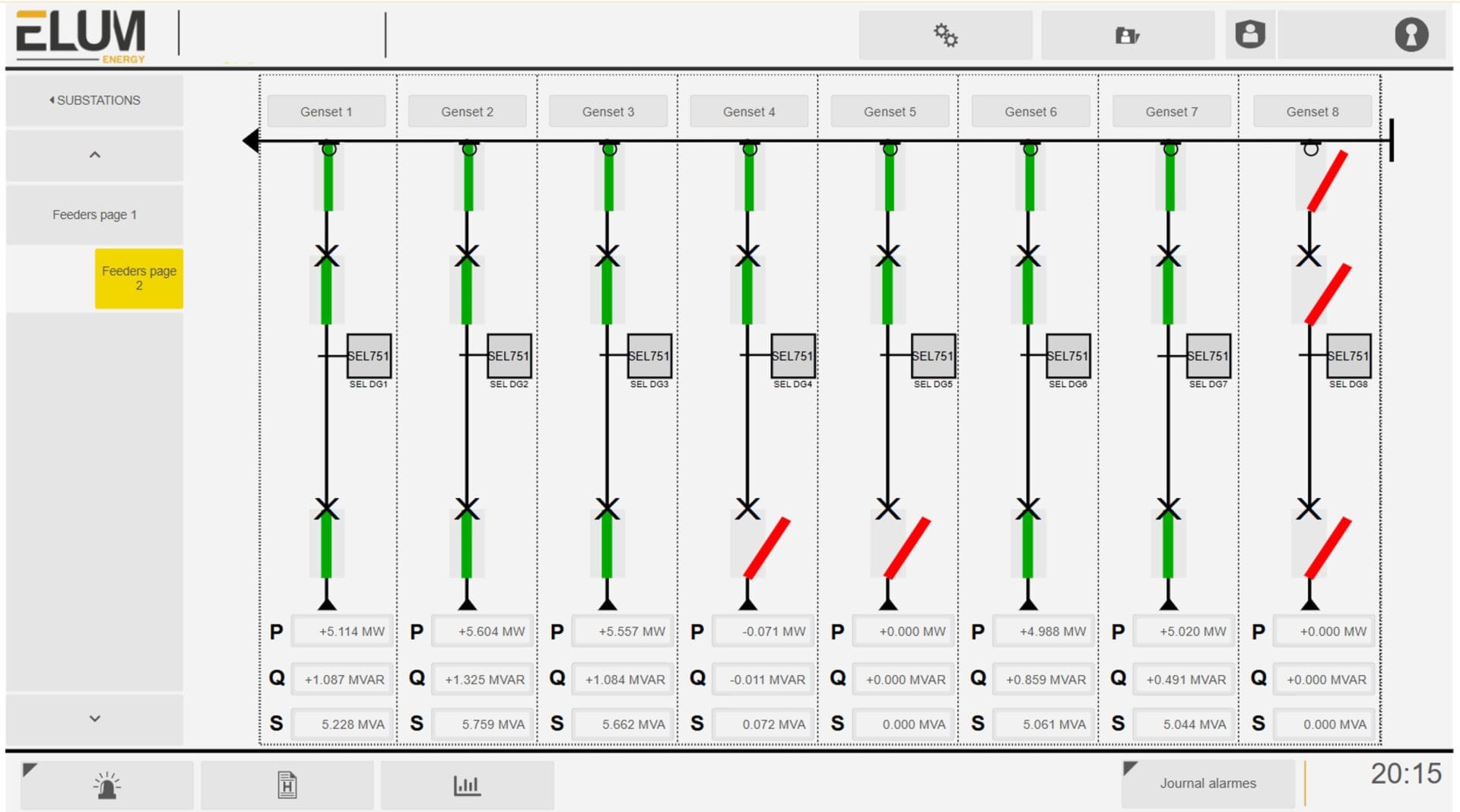
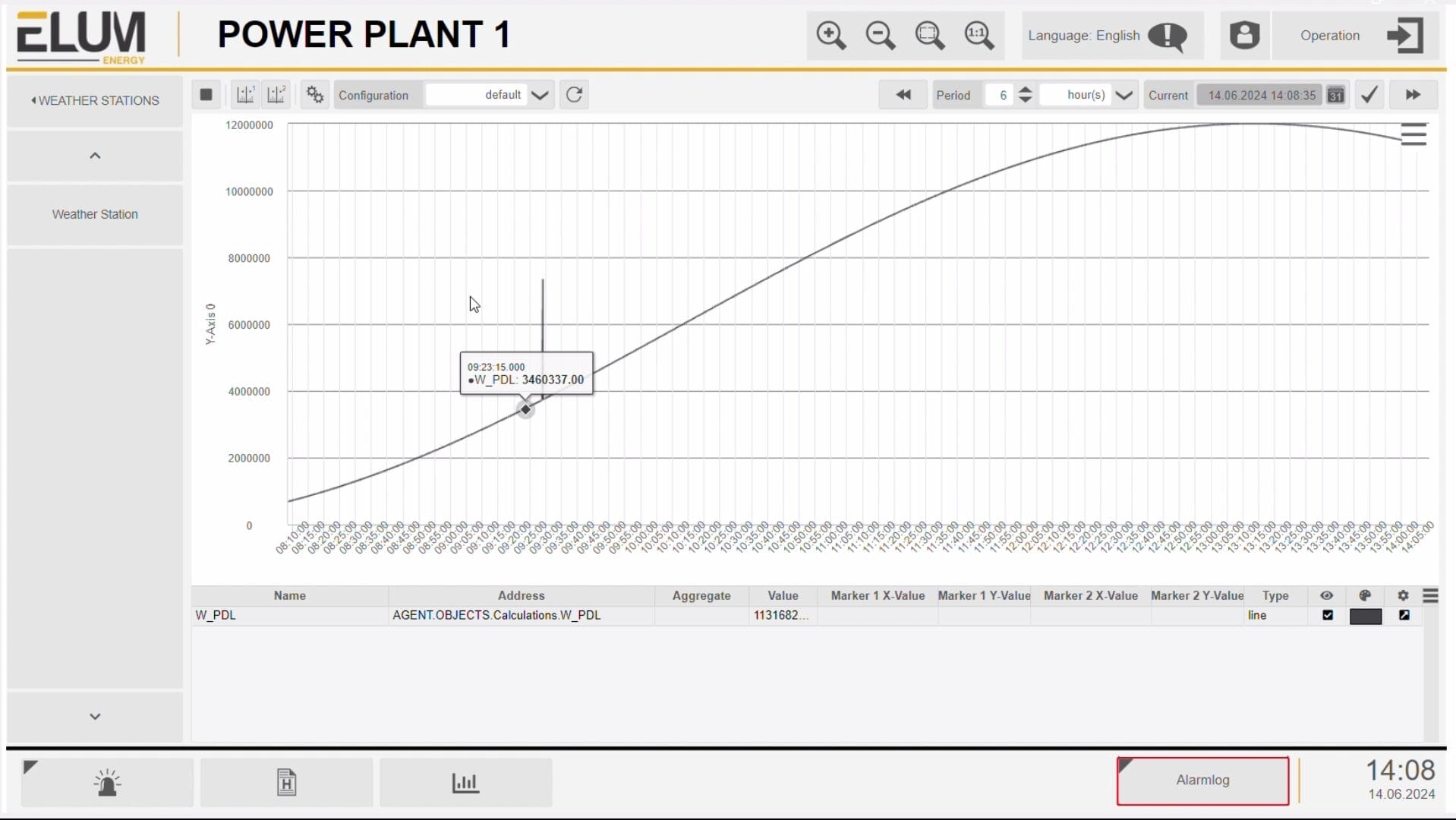
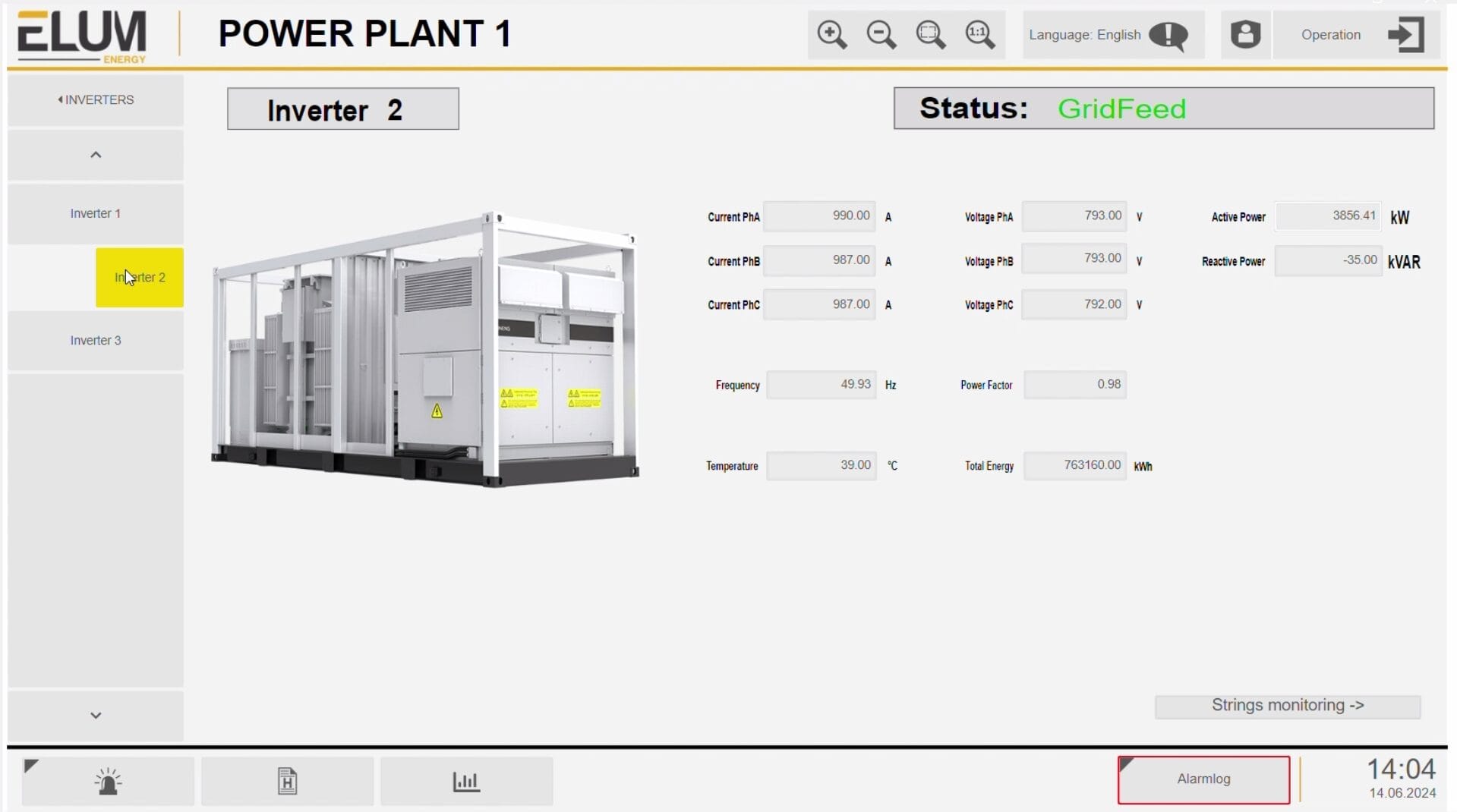
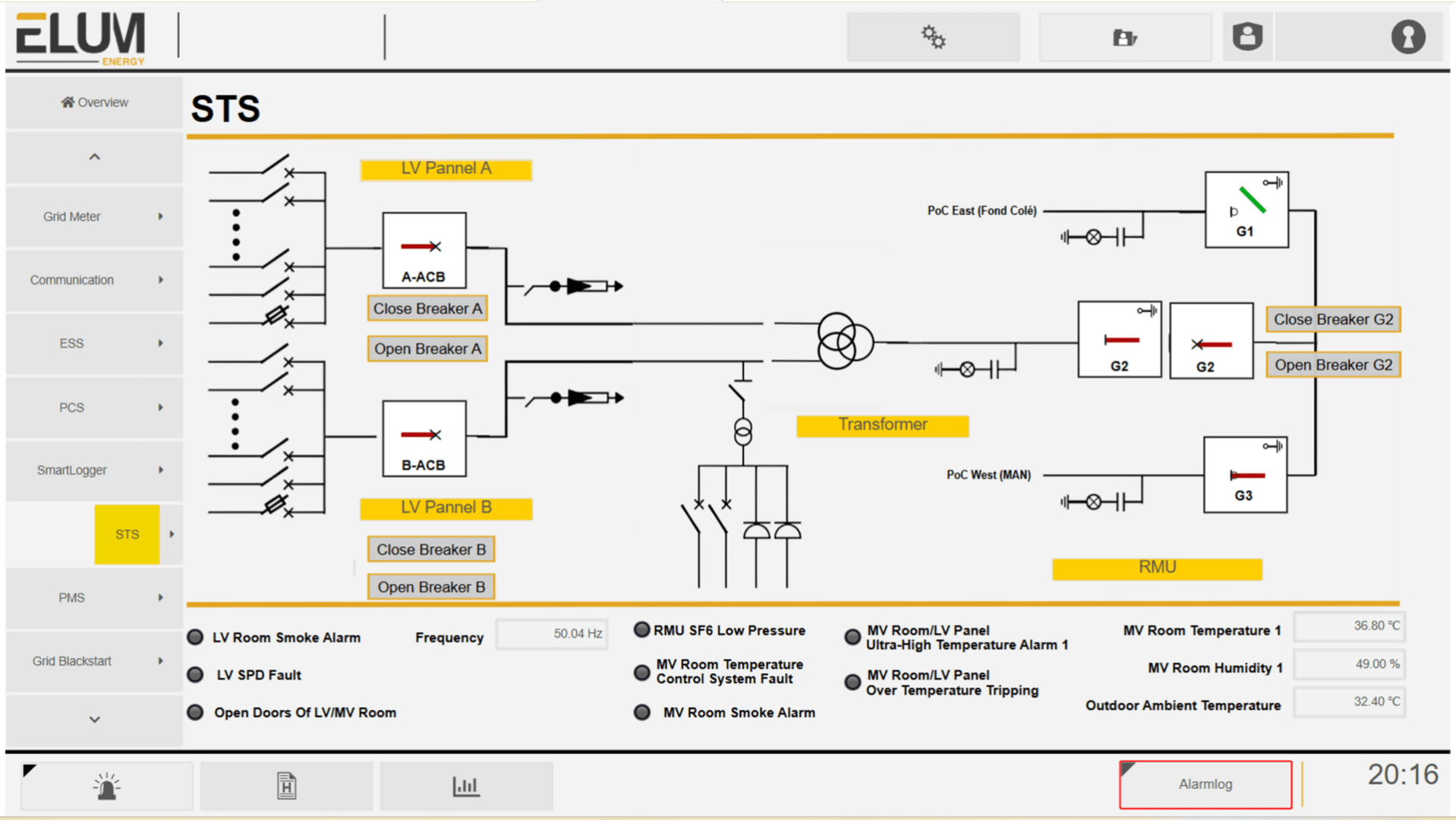
Real-time offline monitoring
SLD synoptic, displaying power plant main KPIs, and the equipments state of functioning
Offline Alarms
Touchscreen visualization
Remote access
Switchgear remote control
Possibility to operate and control switchgears from a safe distance. Fully autonomous – no internet is required.
High Interoperability
Seamless compatibility with various inverters, controllers, BESS meters, and sensors, allowing easy integration of mixed brands in one unified system.
Hot Standby Redundancy
Maintain uninterrupted operations with automatic failover, real-time health monitoring, and seamless data synchronization, ensuring no data loss and continuous system reliability.
Choose Your ePowerSCADA Subscription Plan
Elum Energy offers versatile subscription options, designed to fit the unique needs of every project. Choose the plan that works best for you.
✓ Includes:
- Msx tags by variables: 2000
- Max number of displays: no limits
- Max variables per display: 25
- Max number of PV strings: 12
- Max number of BESS: 12
- Max number of devices for manual control: 20
- Max number of alarms & events: no limits
- Max number of web clients: 2
- Max number of aggregates: 250
- Additional aggregators: optional
- XLS/PDF Reporting: optional
✗ Not included:
- Additional web clients
- Alarms e-mail notifications
- Redundancy
✓ Includes:
- Msx tags by variables: 2000
- Max number of displays: no limits
- Max variables per display: 50
- Max number of PV strings: 24
- Max number of BESS: 24
- Max number of devices for manual control: 50
- Max number of alarms & events: no limits
- Max number of web clients: 3
- Max number of aggregates: 250
- Additional aggregators: optional
- Alarms e-mail notifications
- XLS/PDF Reporting: optional
✗ Not included:
- Additional web clients
- Redundancy
✓ Includes:
- Msx tags by variables: 2000
- Max number of displays: no limits
- Max variables per display: 100
- Max number of PV strings: 45
- Max number of BESS: 45
- Max number of devices for manual control: 50
- Max number of alarms & events: no limits
- Max number of web clients: 15
- Max number of aggregates: 250
- Additional aggregators: optional
- Alarms e-mail notifications: optional
- XLS/PDF Reporting: optional
- Additional web clients: optional
- Redundancy: optional
✓ Includes:
- Msx tags by variables: 5000
- Max number of displays: no limits
- Max variables per display: 100
- Max number of PV strings: 45
- Max number of BESS: 45
- Max number of devices for manual control: 50
- Max number of alarms & events: no limits
- Max number of web clients: 15
- Max number of aggregates: 250
- Additional aggregators: optional
- Alarms e-mail notifications: optional
- XLS/PDF Reporting: optional
- Additional web clients: optional
- Redundancy: optional

